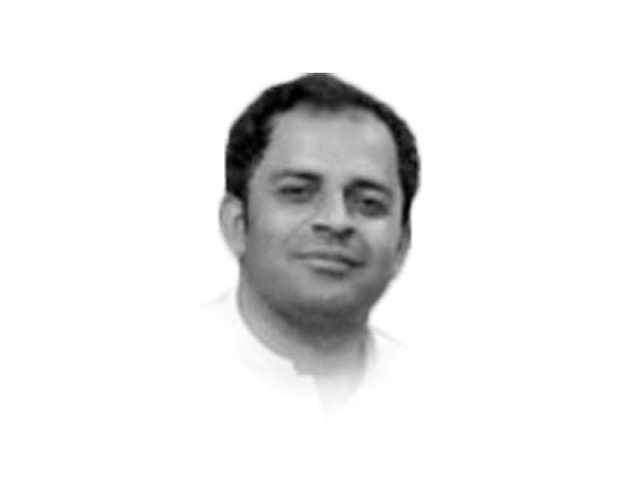Poverty — a multidimensional approach
Multidimensional poverty encompasses multiple deprivations experienced by the poor

Poverty is an excruciating phenomenon that has afflicted the lives of millions across the world. Though poverty is a global reality, the population of Third World countries particularly suffers chaos in their lives unleashed by the multifarious implications of this phenomenon. Traditionally, the term has narrowly been defined as one’s inability to afford the minimum necessities of life. Today, World Bank and many under-developing countries have been professing this arbitrary parameter of interpreting poverty. According to this parameter, poverty is a state of living under $2.15 per person per day. Anyone living above this threshold is not defined as poor, even if they cannot afford proper food, healthcare and schooling for children.
In reality, the term is too broad in scope to be covered by monetary indicators alone. It is a multidimensional phenomenon. In its broadest sense, multidimensional poverty encompasses multiple deprivations experienced by the poor — an improvised lifestyle, lack of education and healthcare, substandard living conditions, debilitating life, poor working conditions, threat of intimidation and violence, risk of exploitation, hazardous living conditions, social exclusion, shame and systemic subjugation among others. Since poverty has holistic implications on lives, only a comprehensive approach would help grasp its multidimensional nature.
The Multidimensional Poverty Index (MPI) rightly looks at poverty far beyond the traditional monetary domains. Jointly launched by the United Nations Development Program (UNDP) and the Oxford Poverty and Human Development Initiative (OPHI) in 2010, MPI takes into account a comprehensive picture of poverty along with all its interlinked deprivations. It incorporates a wide range of indicators that encapsulate the complexity of the phenomenon of poverty.
With its three dimensions of education, health and standard of living and 12 related indicators, MPI comprehensively measures the deprivations associated with poverty. The dimension of education measures the years of schooling and the child enrolment, while that of health quantifies child mortality and nutrition. The domain of standard of living gauges electricity, sanitation, potable water, shelter, cooking fuel and assets. In this way, the index displays the exact proportion of poverty and the number of deprivations each poor suffers in a time. Depending on the culture, context and prevalence, different indicators can be chosen with their relative priority. According to the index, a person facing deprivations in one-third or 33% of the indicators is a multidimensional poor while an extremely multidimensional poor is one who is deprived of half of the total indicators. The findings of MPI help understated the complete poverty profile and guide to frame informed, integrated and realisable alleviation programmes.
Inspired by MPI in quantifying poverty, countries across the globe come up with comprehensive alleviation programmes with promising success. However, Pakistan is yet to practically acknowledge the vitality of this approach. This is clear from the classical and myopically designed poverty alleviation programmes carried out by successive governments over decades on an ad hoc basis. According to MPI 2022, about 51.7% of the country’s population is living in multidimensional poverty. Unlike otherwise, the country focuses on the income aspect alone, and that too insufficiently, leaving many other related deprivations untouched.
Most poverty alleviation programmes in Pakistan are minimalistic and cosmetic. They have systematically been crafted for exploiting public deprivations for political gains and mass control. They also promote beggary than self-reliance, diligence or self-esteem. Giving money to the poor without giving them a pragmatic roadmap for productive investment does nothing good at relieving them of the chronic shackles of poverty. The country’s leadership needs to realise that only sincere and comprehensive policies would help liberate the disadvantaged masses from the grinding poverty trap.
Published in The Express Tribune, November 1st, 2022.
Like Opinion & Editorial on Facebook, follow @ETOpEd on Twitter to receive all updates on all our daily pieces.















COMMENTS
Comments are moderated and generally will be posted if they are on-topic and not abusive.
For more information, please see our Comments FAQ